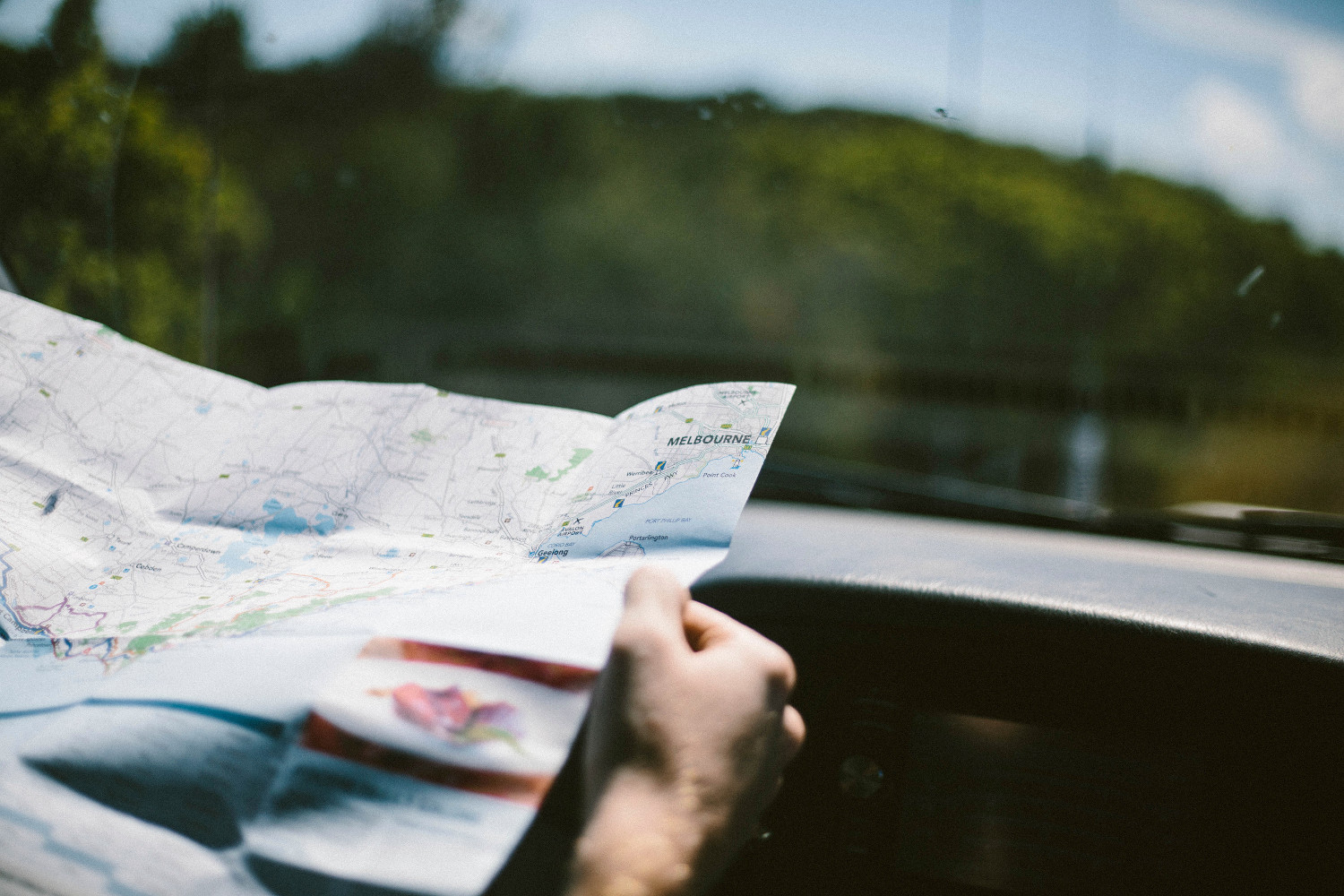Geographical Coverage for Registered Trademarks
This article was updated on 19 November 2016.
If you register a trademark, you have the exclusive right to use that mark in relation to the goods and services which are listed in the registration. In this article we consider the extent of that exclusivity in geographical terms.
Generally registered trademarks give Australia-wide protection
A key question when registering a trademark is: where will I be protected?
Registration normally confers Australia-wide protection
An Australian trademark registration will – in most cases – give you Australia-wide coverage. This means that you are normally protected across the entire nation, but not protected in other countries.
If you trade in Victoria, Tasmania and South Australia, a single trademark registration will be enough to protect you in all of those states.
Further, if you have a highly localised business, you will usually be able to prevent people in other states from registering the same or similar names. For example, if you have a hairdressing salon called ‘Xandon’ which has one outlet in a regional centre such as Mt Isa, Queensland and a highly localised clientele, you would normally be able to prevent a new salon in Sydney from opening with the same or similar name.
Minor exceptions
As always with the law, there are some minor exceptions to the rule that registration normally confers Australia-wide protection.
1. Trademarks registered with geographical limitations
If your trademark is regarded as being descriptive, you might be able to have it registered after providing ‘evidence of use’ to the examiner. However, if your evidence of use only shows that your trademark distinguishes your goods or services in a particular area only (e.g. Mt Isa), your trademark examiner has the right to limit your registered rights to that particular area. It is quite rare for this to happen.
2. Trademark applications giving ‘priority’ rights in other countries
While registering a trademark in Australia doesn’t give you any rights to that trademark in, for example, the US, there is also an exception here. Perhaps an example is the best way to illustrate this.
Imagine you lodge an application for the trademark ‘BeDah’ in Class 25 (clothing) in Australia on 1 June, and then you decide to lodge an application for the same trademark in Class 25 in the United States later the same year. If you apply to do so within 6 months (i.e. by 30 November) and you make your application using the process available under the Madrid Protocol, then the United States Patent & Trademarks Office will treat your application as if it were filed on 1 June.
Why does this matter? Well, it means that you get to ‘keep your place in the queue’ ahead of other people who might have filed the same or similar trademark in the US after they saw your Australian trademark application go in.

